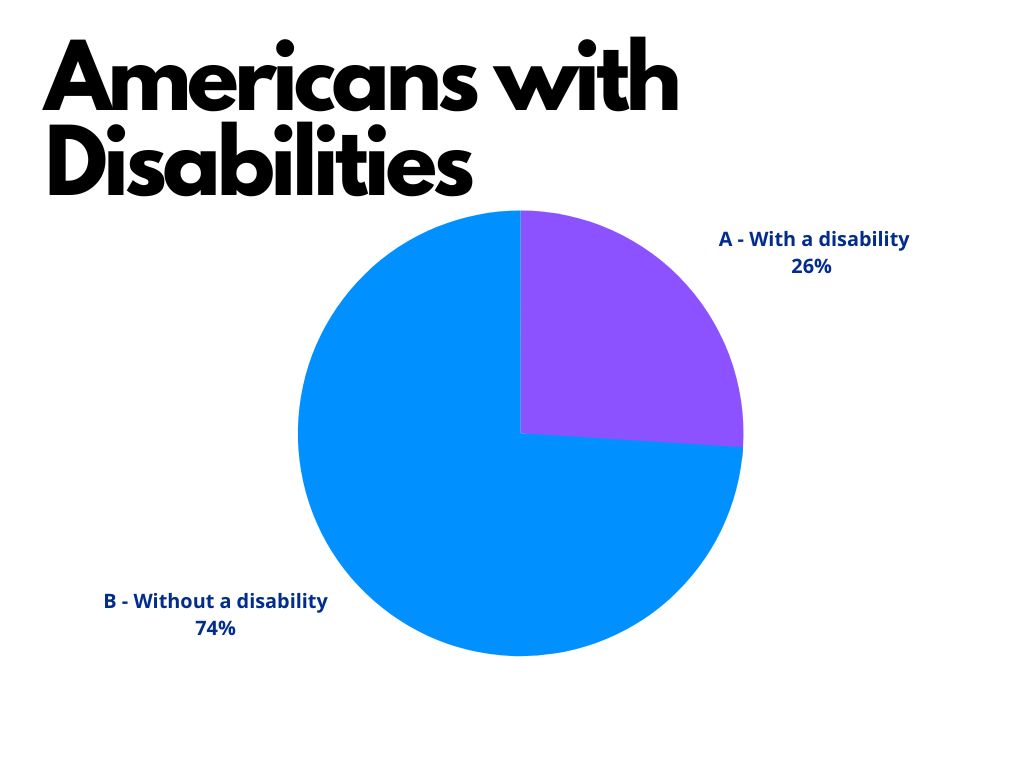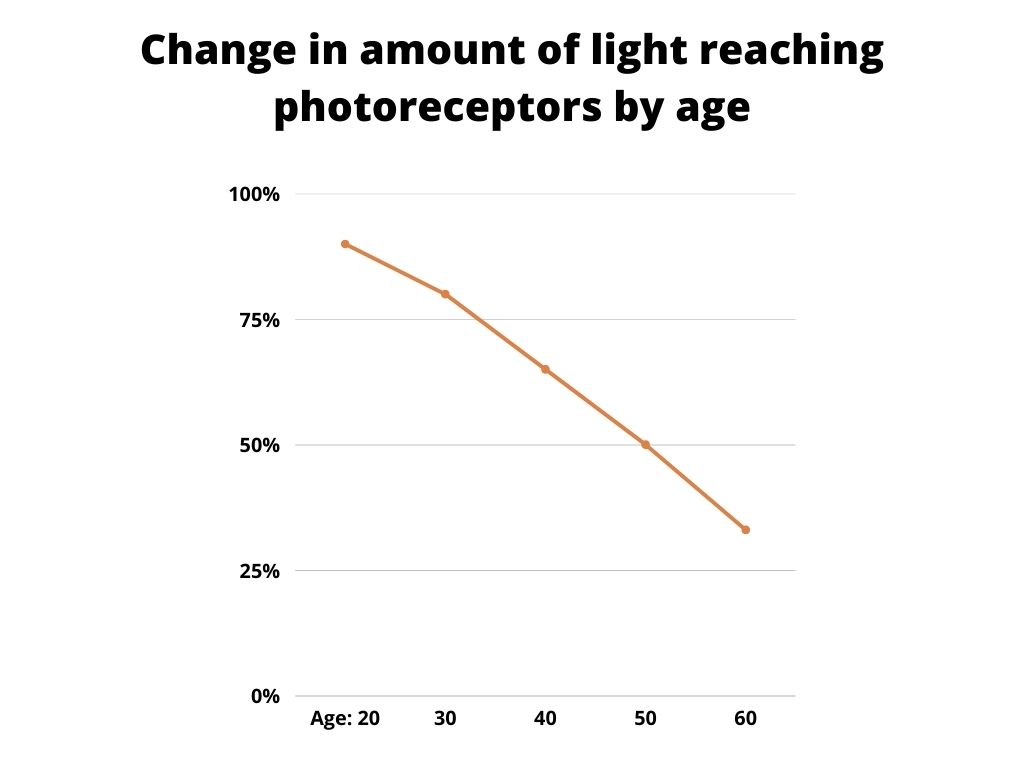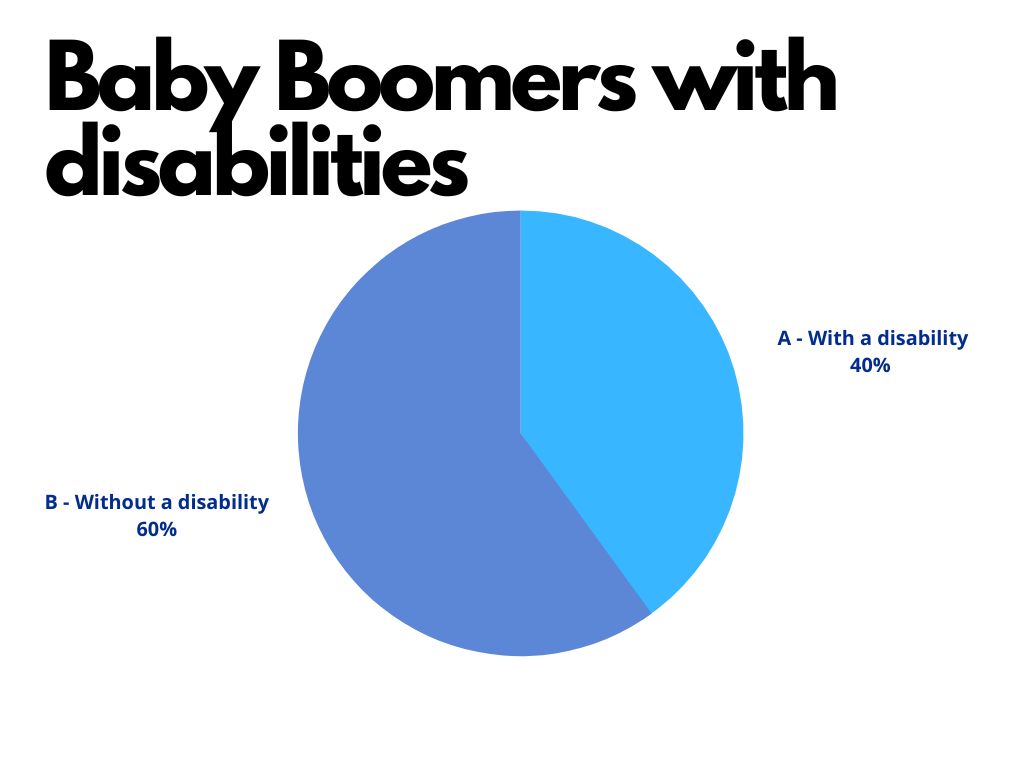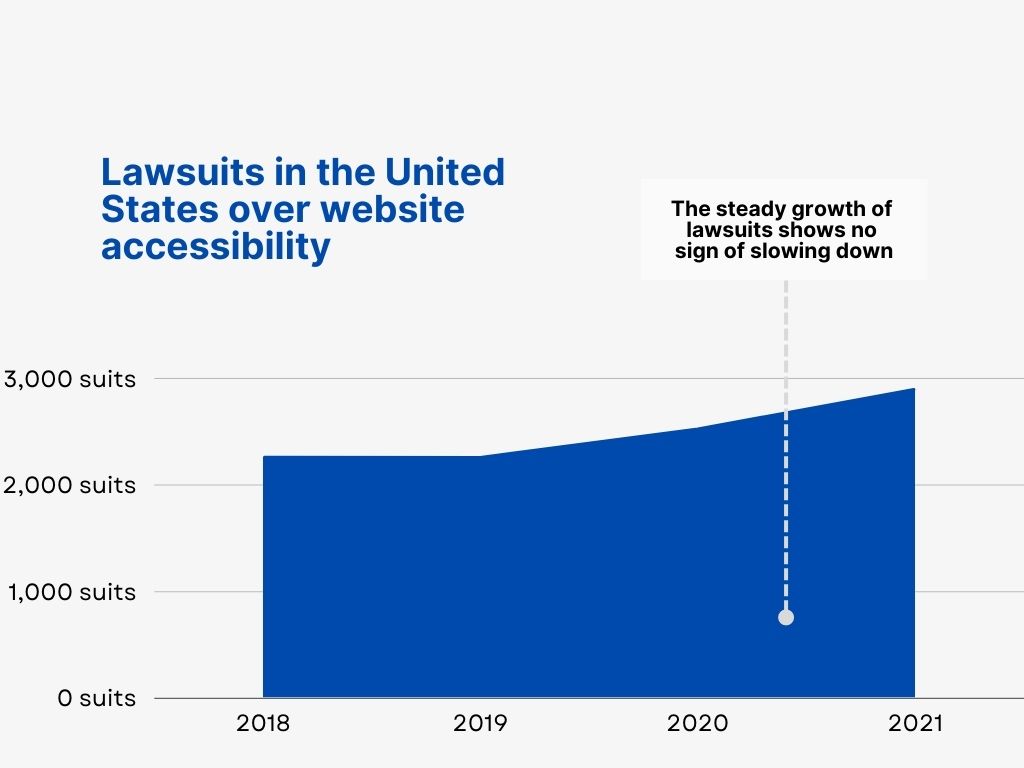In this Big Picture series, we’ve tried to walk you through various of the many things you should do to set yourself up for success in your ecommerce business. Certain things are required of you before you can start selling, and the tendency is to get all of that done as quickly as possible so you can launch. These requirements include getting your ecommerce platform ready for launch, setting your products up, figuring out taxes and packaging and shipping, not to mention all the physical necessities like sourcing and manufacturing, and the list goes on.
Hopefully we’ve been able to help you tackle all of that, or at least wrap your mind around what needs to be done, and put together a plan to do it. We hope, though, that you’re not in such a hurry to launch that you don’t have the time to do something that is profoundly important but may not seem as desperately urgent as some of the other things you have to do. The thing I want to talk about today is shining a light for all of your audience: making sure that your site works well for all of your visitors, not just the ones who are able to use the internet with all the regular faculties.
A computer screen produces a visual representation of the information, and a keyboard and mouse can be used to interact with the page with great finesse. Many people have the full cognitive abilities to understand the vast amounts of information you’ve got in the site. These faculties are great, but not everybody has them.
Some people can’t use a monitor: they can’t see. Others can’t use a mouse: they have low manual dexterity. Some suffer from a cognitive disability of one kind or another, and struggle under heavy cognitive loads. Are these challenges a reason for you to leave them out of the equation for your online business? I don’t think so, and I hope by the end of this post you agree with me.
When I say you should shine a light for all of your audience, I’m of course not talking about a physical light. Blind members of your audience don’t need a physical light to experience your site, nor if you gave them one would they be able to use it! The light they need comes in the form of additional descriptions on images or videos, and a better labeling of various elements in your store.
Deaf people also wouldn’t necessarily need more light. Shining a light for them might rather be making sure that videos are captioned, for example. Different people with different abilities will need different things, but you’re the one who will have to provide it for them.
Why Accessible Commerce?
There are many reasons you should work to make your online store fully accessible, but ultimately I think it boils down to three things: it’s the right thing to do, it’s the profitable thing to do, and it’s the safe thing to do.
Accessible Commerce is Right
Our society, since its inception, has been striving towards diversity and inclusion. For the purposes of our discussion today we’re going to define diversity as the drive for racial equity, and inclusion as the drive for disability equity. Because of the societal changes that came about back in the 1950’s and 60’s, racial diversity is more widespread than it once was.
Ensuring equal opportunity for a plurality of racial groups has become the societal norm today. There are pockets of racism throughout the United States of America, unfortunately, and also many aspects of embedded racism that still put groups under a disadvantage, but great progress has been made, and its need is almost universally agreed upon.
Inclusion of those with disabilities is still in the early stages of its movement, however. It’s still at a point where many people don’t really know what it means to include people with disabilities fully in society. Some don’t even know that people with disabilities aren’t already fully included.
People with disabilities are members of our society with all the same rights and obligations as anyone else, even if those rights and obligations need to be accessed in a slightly different way. Fortunately, on the web there are many relatively simple ways to accommodate that need for alternate methods of access. This doesn’t happen automatically, I’m afraid, so the first step needed is to make the decision to value and plan for those with a different set of abilities from the norm.
Many in our society, once they understand the difficulty or impossibility for people with disabilities to access a poorly-coded website, will immediately feel compassion for them and resolve to work to eliminate the barriers presented by their site. Others may need to be reminded of the fact that though they may not have disabilities at present, they surely know someone that suffers from some disability or other. After all, more than a quarter of Americans have a disability, so if you’re sitting at a table with three other people, chances are that one of you there has a disability.
 Even beyond that, it’s almost certain that we all will have a disability at some time in our life, whether it’s from breaking an arm or hand, developing decreased sight and hearing with aging, or suffering from cognitive impairment like from a stroke or Alzheimer’s. In the cognitive realm, Alzheimers afflicts a third of people by the time they’re 85, and in the visual, the light reaching people’s photoreceptors in their eyes drops by seventy percent between ages 20 and 60 leading to difficulty in distinguishing differences between colors. On top of these, there are a host of other areas where people can develop disabilities.
Even beyond that, it’s almost certain that we all will have a disability at some time in our life, whether it’s from breaking an arm or hand, developing decreased sight and hearing with aging, or suffering from cognitive impairment like from a stroke or Alzheimer’s. In the cognitive realm, Alzheimers afflicts a third of people by the time they’re 85, and in the visual, the light reaching people’s photoreceptors in their eyes drops by seventy percent between ages 20 and 60 leading to difficulty in distinguishing differences between colors. On top of these, there are a host of other areas where people can develop disabilities.


What does this have to do with you? Well, since your online store exists in society, it is itself an extension of that society. In the physical realm of society, you wouldn’t dream of posting a sign on your storefront that says, “We make all feel welcome here, except the disabled”, but if you don’t do a little work to make sure your online store is accessible, that’s precisely the sentiment that you’re communicating to the disabled.
Accessible Commerce is Profitable
At the end of the day, the bottom line of your store needs to be its bottom line. That’s the reason you opened it in the first place. But there, also, the choice to do something to improve accessibility is well-justified. We’ve already talked about the prevalence of disability. With more people living longer, but in poorer health, and with more disabilities, the proportion of people with disabilities is likely to increase. It’ll soon be more than the one in four that I mentioned earlier, though even that is a staggering amount.
Given the quarter of people having disabilities presently, that’s a significant number of consumers coming to your store that either find that they can shop there (if you’ve made your store accessible), or that they can’t (if you haven’t). Imagine a bottom line that’s twenty-five percent higher or lower than where it is right now. Your efforts towards accessibility could have that effect!
Breaking down the statistics even more reveals yet another facet to consider. While one in four adults generally has a disability, in adults over 65 this statistic rises from 25% to 40%.

That’s not quite half, but well over a third of people in this demographic having a disability! This takes on even more significance when you realize that the people in this demographic are the Baby Boomers, and that the Baby Boom generation is the wealthiest group of consumers out there, according to the Federal Reserve. Making your online store available to this wealthiest group of consumers makes their purchases available to you!
Accessible Commerce is Safe
With such a large part of the population having some disability or other, it’s little wonder that the incidence of lawsuits on this issue is rather high, and has been increasing substantially. According to a blog by the Seyfarth law firm, in 2019 there were an average of about 9 digital accessibility lawsuits filed every work day of the year. In 2020 there were about 10 per day, and in 2021 there were well over 11 per day. We’ll have to see what the numbers will be in 2022, but we can be fairly certain that they’ll be higher yet again.
 While avoiding a lawsuit isn’t the best reason for making your ecommerce store accessible, it’s a pretty compelling one also. It could compel you into court, in fact! Do you find that compelling enough to fix your site before you even get the letter? Hopefully.
While avoiding a lawsuit isn’t the best reason for making your ecommerce store accessible, it’s a pretty compelling one also. It could compel you into court, in fact! Do you find that compelling enough to fix your site before you even get the letter? Hopefully.
Why not?
With all these reasons to make your site available to your entire audience, let’s consider why you may not have done it already. You’re a compassionate, intelligent, and motivated store owner, devoted to creating the best experience possible for your customers, or even your casual visitors. If I had to hazard a guess, I’d say the reason for your not having made your site accessible is likely one of the following reasons:
Don’t care (unlikely)
You might not care about your audience. You figure if they really want to buy your product, they’ll find a way even if it’s difficult, so you’re just not interested in putting forth a bunch of effort to make things easier for them. Nobody’s made your way easier, so why should you work to make theirs? I doubt there are actually very many people who are in this camp.
Most people intuitively grasp the fact that if they have standard abilities like the majority of people in society, then their way has been made easier by generations of innovators who have worked to make almost every aspect of life easier. If your hands don’t have tremors, and because of that you can use your computer’s mouse or trackpad, that’s something that has made your way easier.
If you can see what is being displayed on that big, bright computer screen, that’s something that has made your way easier. If you can distinguish between the colors on your screen, you can take advantage of the beautiful design of the page that uses nuances of the subtle color scheme to give you helpful information, which has made your way easier.
Don’t know (possibly)
More likely than that scenario is that you hadn’t really ever thought about it. You assumed the internet works for everyone just because it’s there. You don’t personally know any blind people and haven’t really ever talked with your grandma who has tremors about how she gets around online (does she even go online?). Honestly, nobody’s ever mentioned it to you so you’ve never really thought about it.
There’s really nothing wrong with this, as far as it goes. There’s no mandatory course on this sort of thing that you have to take before opening an online store. But now that you’ve heard about it, you have started putting yourself in other people’s shoes. What if you were blind? What if you couldn’t use a mouse, or couldn’t distinguish between similar colors? What if the thousand little abilities you take for granted suddenly started giving you problems?
Your eyes are open to the possibilities now, and you’re going to do something about it, by jingo! Excellent!
Don’t know how (most likely)
The third possibility is the most likely. Maybe you’re on good terms with some people who have disabilities. You’re on such good terms, in fact, that you’ve had several frank conversations with them about how they tackle every-day tasks like Googling answers to their questions, ordering their groceries online, and shopping for clothes.
Your friends may have explained some of the woes they face with tasks that should be simple, and you feel the injustice of it keenly. But you have no idea what you could do to make any of it better. You’ve resolved to make sure that your online store isn’t like the others they’ve told you about, but how will you move in that direction, or even know if you succeed at your resolution?
What to do
If you want to know what to do about this problem of accessibility, you’ve come to the right place! Here at SeaMonster Studios, we take accessibility seriously. It’s one of the things we take most seriously, in fact, and we are committed to enlightening everyone about it.
We’re committed to making sure all our clients know the ways that their sites and stores might not work for some people, and to giving them a chance to fix those issues before launch, or formulate a plan to fix them afterward, hopefully as speedily as possible.
If you’re not our client, you could become our client… Even if you’re happily doing your own thing, though, we don’t want to leave you out in the dark, so we’ve written a series of blog posts on several of the most important aspects of accessibility, and we invite you to read through it and ask us any questions you have about it, and how you might apply those principles to your online store. When you do, you’ll be shining the light of inclusion on all who come to your store, and fulfill the promise of accessible commerce.

